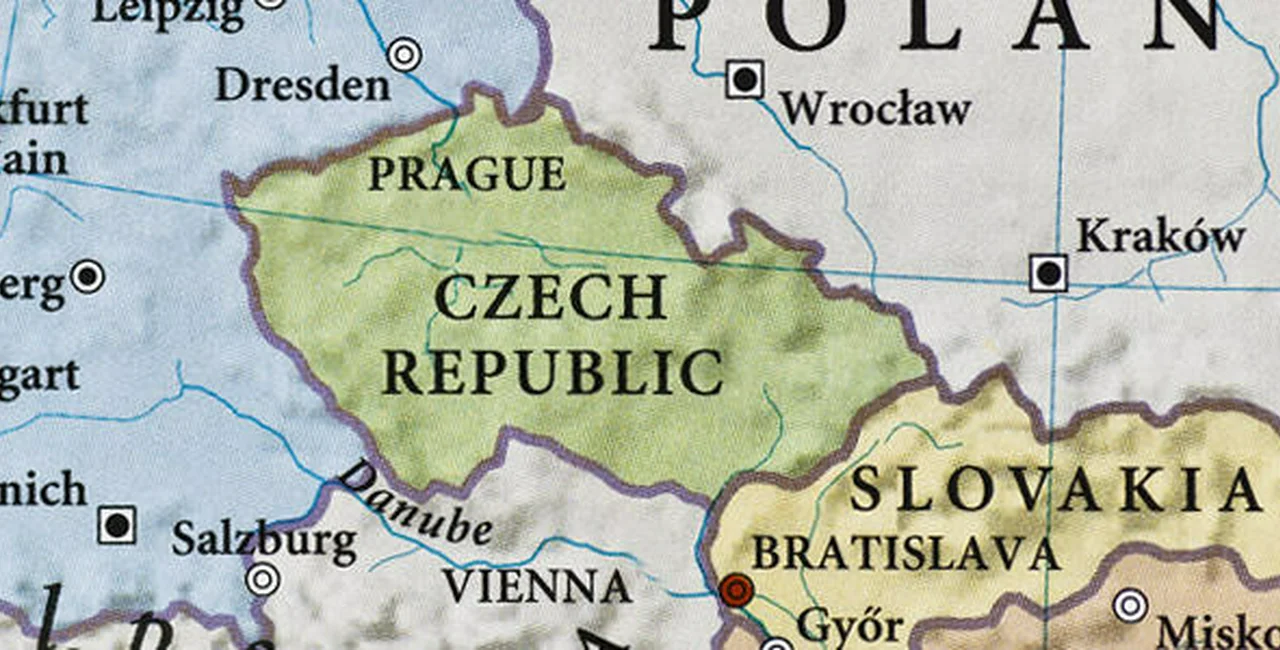It’s not uncommon for borders between countries to be determined by rivers or lakes, or other naturally-occurring landmarks that make for easy indicators.
But what happens if a river changes course? Does one country automatically obtain land that had previously belonged to the other?
PARTNER ARTICLE
Well, that’s exactly what happened between the Czech Republic and Germany earlier this year, as first reported by Blesk locally and Der Spiegel in Germany before making the English-language rounds via Big Think last month.
And unfortunately for the Czech Republic, they came up short in this exchange.
The river in question is the Kirnitzsch (or in Czech, Křinice). Earlier this year, German cartographer Rolf Böhm noticed that the river had slightly changed course: it no longer flows in a slight loop during one section, and now runs straight.
In effect, a 500-square-meter slice of land that was inside the loop, from the Czech point of view, now falls outside of it, theoretically in German territory.
Changes like this are not entirely uncommon, especially between the Czech Republic and Germany, where about 40% of the border between the countries is determined by waterways.
The details of any changes will be hashed out at the annual meeting of Czech-German Border Commission according to the Der Spiegel article.
No word if a Czech cartographer has been called upon to confirm Böhm’s findings.
But at least this German annex of Czech lands is less worrying than the last time around.












 Reading time: 1 minute
Reading time: 1 minute 






















